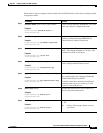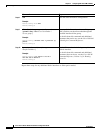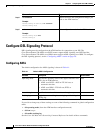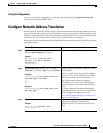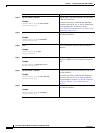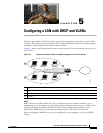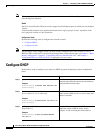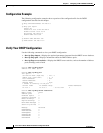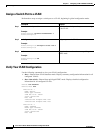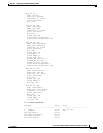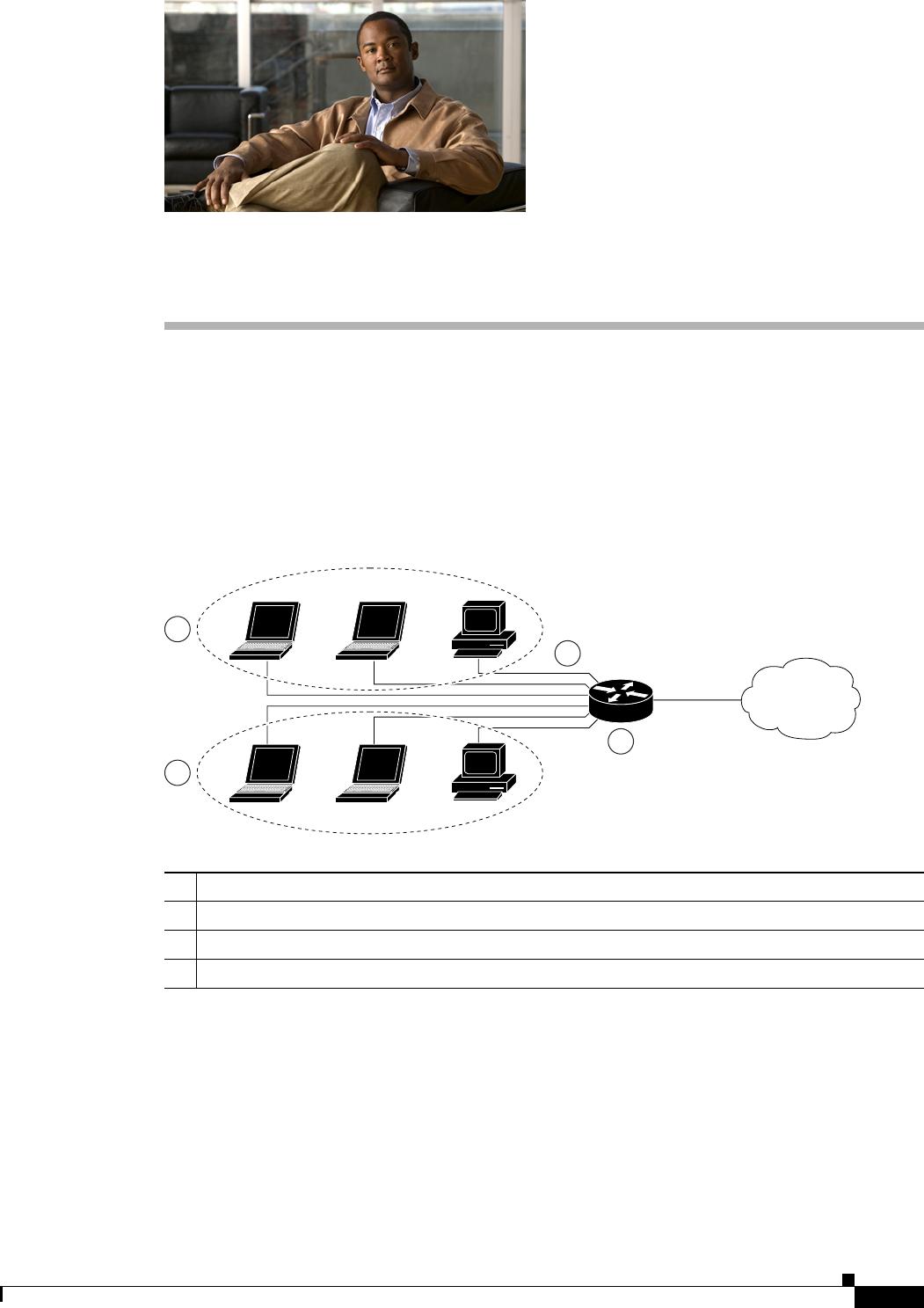
CHAPTER
5-1
Cisco Secure Router 520 Series Software Configuration Guide
OL-14210-01
5
Configuring a LAN with DHCP and VLANs
The Cisco Secure Router 520 Series routers support clients on both physical LANs and virtual LANs
(VLANs). The routers can use the Dynamic Host Configuration Protocol (DHCP) to enable automatic
assignment of IP configurations for nodes on these networks.
Figure 5-1 shows a typical deployment scenario with two physical LANs connected by the router and
two VLANs.
Figure 5-1 Physical and Virtual LANs with DHCP Configured on the Cisco Router
DHCP
DHCP, which is described in RFC 2131, uses a client/server router for address allocation. As an
administrator, you can configure your Cisco
Secure Router 520 Series router to act as a DHCP server,
providing IP address assignment and other TCP/IP-oriented configuration information to your
workstations. DHCP frees you from having to manually assign an IP address to each client.
When you configure a DHCP server, you must configure the server properties, policies, and DHCP
options.
1 Fast Ethernet LAN (with multiple networked devices)
2 Router and DHCP server—Cisco Secure Router 520 Series router—connected to the Internet
3 VLAN 1
4 VLAN 2
92339
1
2
3
4



